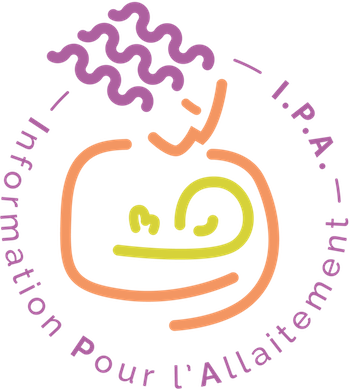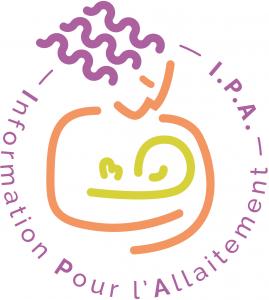Catégories
Documents disponibles dans cette catégorie (38)
 Ajouter le résultat dans votre panier Faire une suggestion Affiner la recherche
Ajouter le résultat dans votre panier Faire une suggestion Affiner la rechercheBulletin : texte imprimé
Breastfeeding Medicine, Vol. 13, n°2 - Mars 2018
2018Editorial - Exclusive Breastfeeding and Complementary Feedings Are Not Mutually Exclusive LactMed® Update - Treating Hypertension During Breastfeeding Clinical Research - Implementation and Organization of a Perioperative Lactation Prog[...]Bulletin : texte imprimé
Les Dossiers de l'Allaitement, n°147 - Juin 2019
La Leche league France, Auteur | 2019Bulletin : texte imprimé
Les Dossiers de l'Allaitement, n°156 - Mars 2020
La Leche league France, Auteur | 2020SOMMAIRE : Cas cliniques 1 Lactation induite et allaitement partagé dans un couple de femmes 1 Gérer l’allaitement chez les femmes qui présentent un cancer du sein 2 Allergie aux protéines du lait de vache du produit d’enrichissement du la[...]Article : texte imprimé
Feng Zhang, Auteur ; Haiou Xia, Auteur ; Meiyun Shen, Auteur |Background: Suction pressure has been reported to be a key driving force of lactation. An infant's sucking at its mother's breasts is the major stimulus to post-natal prolactin (PRL) secretion, and PRL is the essential hormone for lactation and [...]Article : texte imprimé
Audrone Muleviciene, Auteur ; Natalija Sestel, Auteur ; Sigita Stankeviciene, Auteur |Introduction: Iron deficiency anemia (IDA) is common in children aged 0–35 months in Lithuania. Nevertheless, there are no studies investigating IDA in this age group. We aimed to identify the major risk factors for disease development focusing [...]Article : texte imprimé
Roser Porta, Auteur ; Natàlia Miralles, Auteur ; Anna Paltrinieri, Auteur |The amount of milk production in mothers of babies admitted to the neonatal intensive care unit (NICU) is mostly determined by some actions focused on the first hours and days after birth. Working for an improvement in our previous results in te[...]Article : texte imprimé
Article : texte imprimé
Article : texte imprimé
Nanthida Phattraprayoon, Auteur ; Nadaprapai Kraisonsin, Auteur ; Wiboon Kanjanapattanakul, Auteur |Objectives: The aim of this study was to compare the breast milk compositions of mothers who delivered babies in three different birth weight categories. Materials and Methods: We collected 75 breast milk samples from mothers of small-for-ges[...]Article : texte imprimé
Julia Temple Newhook, Auteur ; Leigh Anne Newhook, Auteur ; William K. Midodzi, Auteur |Background: Despite high rates of intention to exclusively breastfeed, rates of exclusive breastfeeding in Canada are low. Supplementation may begin in hospital and is associated with reduced breastfeeding duration. Research aim: The aim of[...]Article : texte imprimé
Article : texte imprimé
Bernadeta Patro-Golab, Auteur ; Bartlolomiej M. Zalewski, Auteur ; Anna Polaczek, Auteur |Introduction: Growth patterns of breastfed and formula-fed infants differ, but the influence of breastfeeding duration on early growth remains unclear. The objective of this study is to evaluate current evidence on the association of exclusive a[...]Article : texte imprimé
Jonathan K. Seigel, Auteur ; P. Brian Smith, Auteur ; Patricia L. Ashley, Auteur |Background: Human milk reduces morbidities in extremely low birth weight (ELBW) infants. However, clinical instability often precludes ELBW infants from receiving early enteral feeds. This study compared clinical outcomes before and after implem[...]
















